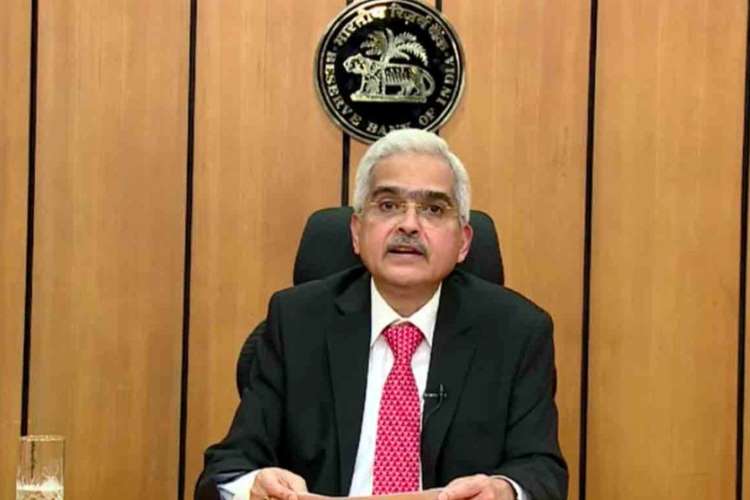
By Dhawal Dalal
The Reserve Bank of India’s Monetary Policy Committee on Wednesday extended its accommodative policy stance until the economy is on a firm footing. It also offered a pleasant surprise to bond market participants in the form of the proposed government securities acquisition programme 1.0 (GSAP 1.0) that will purchase securities worth Rs 1 trillion in Q1FY22.
Bond market participants have always longed for an RBI open market operations (OMO) purchase calendar. The RBI probably heard their prayers and decided to launch GSAP 1.0. We believe that a proper execution of this programme will achieve the following objectives.
READ I Covid-19 endgame: Vaccines take on deadly coronavirus variants
1. It will provide certainty to bond market participants with regard to RBI’s commitment of support to bond market in FY22. The RBI has purchased Rs 3.13 trillion worth of bonds from the secondary market in FY21. However, it was carried out in ad-hoc manner with market awaiting RBI OMO purchase announcements with bated breath on a weekly basis. A structured purchase programme of this size will definitely calm investors’ nerves and help market participants to bid better in scheduled auctions and reduce volatility in bond prices.
2. It will help reduce term premiums on the long-end. Despite RBI supporting massively through OMO bond purchases in FY21, term premiums (spread between Repo Rate and 10Y IGB yield) remains elevated at 215 basis points. This is almost 100 basis-point higher than the 5-year average. With a structured programme like GSAP 1.0, the RBI has probably signalled its intentions to reduce term premiums. It will also help reduce the aggregate cost of borrowing for the Union and state governments in FY22.
READ I Election manifestoes: An 18-point agenda to make India great
RBI focus on liquidity management, not liquidity tightening
Apart from this, the RBI has also announced its intention to expand its variable rate reverse repo (VRRR) auction programme in FY22. While details are awaited, we believe this is aimed at removing surplus liquidity from the banking system and normalising short-term money market rates. That said, the RBI Governor emphasized that this measure was a liquidity management operation and not a liquidity tightening operation.
Taken together, we believe that these two measures will result in flattening of the IGB yield curve with money market yields (up to 1Y) trending higher and long-end of the yield curve benefitting from the RBI’s GSAP 1.0 programme. This may help reduce term premiums in a gradual manner.
The second positive trigger for the bond market could potentially come from India’s entry into Emerging Market Bond Indices in FY22. This should help reverse continuous FPI outflows from the bond market since FY19 and help create an additional and sustained source of demand for IGBs in FY22 and beyond. This should also help reduce term premiums gradually.
On inflation, the RBI has made suitable tinkering on its forecast for the next four quarters in the light of the recent volatility in crude oil and industrial commodity prices. That said, the RBI has reiterated that it remains focused on economic growth as long as inflation remains within the prescribed range. To that extent, RBI has moved from a time-based guidance to an outcome-based guidance. Rising core inflation in next quarter or two will probably tolerated.
READ I Uttarakhand flash flood: Study identifies causes, issues stern warning
What should investors do?
The RBI policy has reiterated our earlier view that investors should expect low single-digit returns from the bond market in FY22 and will have to increase their average maturity in order to optimize their risk-adjusted returns. Investors at the short-end (up to 2Y) will probably earn zero or negative inflation-adjusted returns in FY22, similar to FY21. Prudent investors are requested to consider investing in high-quality bonds maturing in 5Y or higher through passively-managed target maturity bond index funds as well as bond ETFs to benefit from diversification, transparency, simple and clear investment objectives and predictability of returns for hold-to-maturity investors.
Based on hardening of the yields in January and February 2021, a number of investors were concerned with regard to their existing or potential fresh investments in the bond market and wanted to adopt a wait-and-watch approach for higher yields. While our stance on this approach is well documented, the policy has reiterated our view that the worst is possibly behind us as far as movement in yields are concerned. Based on that, investors are requested to get invested at the earliest and not wait for an opportune time.
(Dhawal Dalal is CIO-Fixed Income at Edelweiss Asset Management Ltd.)

